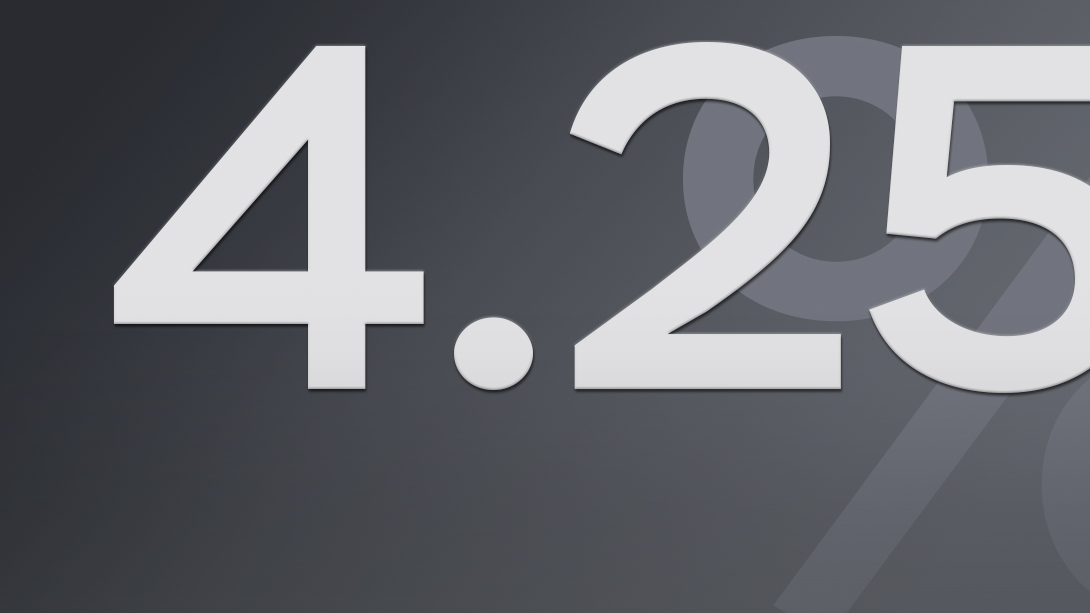On 18 December 2020, the Bank of Russia Board of Directors decided to keep the key rate at 4.25% per annum. Inflation is developing above the Bank of Russia’s forecast and is expected to lie within the range of
Given the high heterogeneity of current economic and price movement trends, the Bank of Russia will assess the subsequent developments and the existence of a potential for additional key rate reduction. In its key rate decision-making, the Bank of Russia will take into account actual and expected inflation dynamics relative to the target and economic developments over the forecast horizon, as well as risks posed by domestic and external conditions and the reaction of financial markets.
Inflation dynamics. Inflation is developing above the Bank of Russia’s forecast and is expected to lie within the range of
Inflation expectations of households continued to grow, driven mainly by the growth of prices for certain everyday goods and exchange rate volatility. Businesses’ price expectations increased over the previous months and remain elevated, driven by higher costs. Analysts’ medium-term inflation expectations are anchored close to 4%.
Although domestic demand is still exerting constraining influence on price movements, it is offset by proinflationary factors over the short-term horizon. They include, among other things, supply-side factors (in particular, the emerging labour force shortage in certain spheres and additional costs of businesses to comply with anti-epidemic requirements) and secondary effects related to the growth of inflation expectations. In these conditions, the influence of one-off proinflationary factors on price movements may be more prolonged. As this influence subsides, consumer price growth will slow down. According to the Bank of Russia’s forecast, given the current monetary policy stance, annual inflation will reach
Monetary conditions have not seen any significant changes since the previous meeting of the Bank of Russia Board of Directors. Loan and deposit rates mainly stabilised; lending expansion continued. OFZ yields changed unevenly over different maturities. Medium-term OFZ yields declined slightly amid the improved situation in financial and commodity markets, including due to the expectations of a faster recovery in the global economy on the back of vaccine development progress. Apart from accommodative monetary conditions, lending dynamics are influenced by the preferential programmes implemented by the Government as well as by regulatory relaxations. When making its key rate decisions, the Bank of Russia will assess the impact of cancelling these anti-crisis measures on monetary conditions.
Economic activity. High-frequency indicators of economic activity point to a pause in the economic recovery in 2020 Q4. However, the worsening epidemic situation in Russia and worldwide is constraining economic activity significantly less than in 2020 Q2. This is related to the targeted nature of restrictive measures and the adaptation of households and businesses to the new conditions. In view of the above and given higher than expected Q3 data, the 2020 GDP decline may reach around 4%.
In spring 2021, the Russian economy is expected to resume its sustainable growth as the coronavirus situation returns to normal. The medium-term economic growth path will be largely influenced by further coronavirus pandemic developments in Russia and across the globe, the nature of the recovery of private demand in the context of potential change in consumer and business behaviour, as well as by the upcoming budget consolidation. Accommodative monetary policy will continue to support the economy throughout the next year.
Inflation risks. Disinflationary risks do not prevail in 2021 as much as before, considering the strengthening of short-term proinflationary factors and risks of their influence being more prolonged amid the rise in inflation expectations and related secondary effects.
Short-term proinflationary risks are also connected with stronger volatility in global markets, driven by various geopolitical developments, among other factors, which may have an effect on exchange rate and inflation expectations. Upward pressure on prices may be caused by temporary disruptions in production and supply chains in the post-restriction period, as well as by additional corporate costs of protecting staff and consumers from the spread of the pandemic. Proinflationary risks are generated by domestic prices for certain food products, affected by supply-side factors and the environment in the related global markets.
Disinflationary risks under the baseline scenario are chiefly connected with further developments in the coronavirus pandemic situation in Russia and globally, the scale of possible measures to fight it and their impact on economic activity, as well as the speed at which both the economy and household income will recover. Persistent changes in consumer preferences and behaviour including a persistent higher propensity to save might exert a constraining influence on inflation.
Uncertainty remains as to rather long-term structural effects of the coronavirus pandemic for the Russian and global economies, specifically, the scale of a decrease in the potential of the national economy. Potential global growth may also come under marked pressure from geopolitical factors including rising trade conflicts. The extent of the Russian economy’s deviation from its potential is, in turn, the core driver of medium-term inflation movements.
Medium-term inflation is significantly impacted by fiscal policy. In its baseline scenario, the Bank of Russia proceeds from the fiscal policy path reflected in the Guidelines for Fiscal, Tax and Customs and Tariff Policy for 2021 and the
Given the high heterogeneity of current economic and price movement trends, the Bank of Russia will assess the subsequent developments and the existence of a potential for additional key rate reduction. In its key rate decision-making, the Bank of Russia will take into account actual and expected inflation dynamics relative to the target and economic developments over the forecast horizon, as well as risks posed by domestic and external conditions and the reaction of financial markets.
The Bank of Russia Board of Directors will hold its next key rate review meeting on 12 February 2021. The press release on the Bank of Russia Board decision and the medium-term forecast are to be published at 13:30 Moscow time.
The reference to the Press Service is mandatory if you intend to use this material.
18.12.2020 00.00.00

